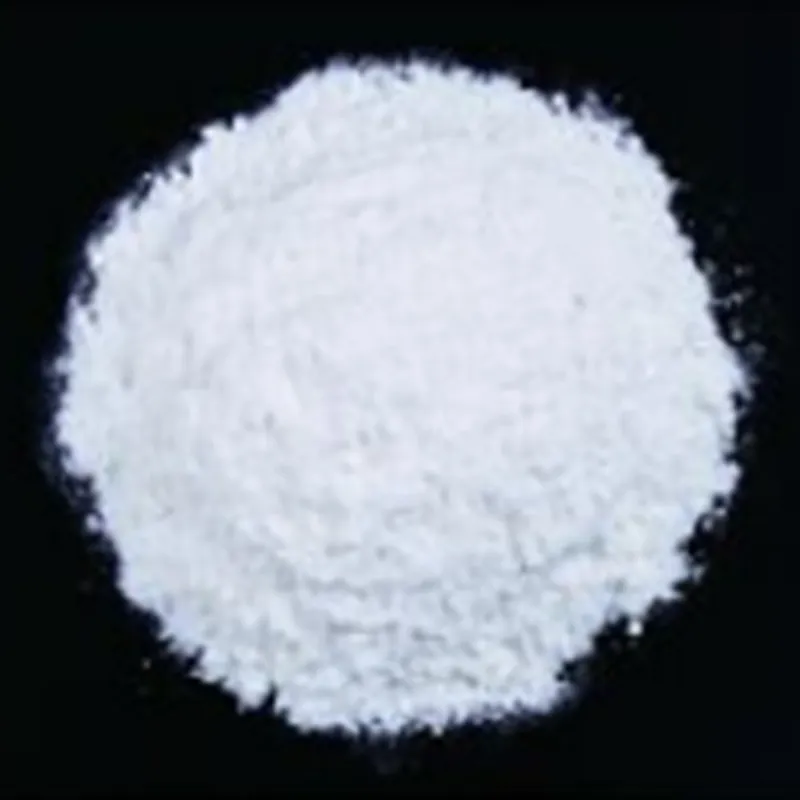
acrylonitrile butadiene rubber nbr
Understanding Acrylonitrile Butadiene Rubber (NBR)
Acrylonitrile butadiene rubber (NBR) is a synthetic rubber that has gained significant attention in various industries due to its unique properties and versatile applications. This copolymer, synthesized from acrylonitrile and butadiene monomers, exhibits excellent resistance to oils, fuels, and other chemicals, making it a favored choice in automotive, industrial, and consumer goods applications.
Composition and Properties
NBR is made by polymerizing a mixture of acrylonitrile and butadiene. The proportion of these monomers can vary, allowing manufacturers to tailor the properties of NBR to meet specific requirements. Typically, higher acrylonitrile content improves the rubber's resistance to chemical attack and oil, whereas increased butadiene enhances its elasticity and flexibility. This unique combination provides NBR with a balance of strength and resilience, making it suitable for a range of functional applications.
One of the standout characteristics of NBR is its exceptional resistance to abrasion and aging, which is crucial in many industrial contexts. Additionally, NBR displays good thermal stability, allowing it to maintain performance under varying temperature conditions. These properties make NBR an ideal material for seals, gaskets, and various molded products that require durability under challenging conditions.
Applications of NBR
The versatility of NBR leads to its widespread use in numerous industries. In the automotive sector, NBR is commonly employed in the production of fuel hoses, O-rings, and grommets. These components must withstand exposure to oils and fuels, and NBR's superior resistance ensures reliability and longevity.
In the industrial realm, NBR is utilized in a variety of sealing applications, particularly where chemical resistance is crucial. Its use extends to the production of belts, gaskets, and protective coatings. Moreover, NBR is increasingly recognized in the manufacturing of consumer products such as footwear, adhesives, and soft-touch components, enhancing their durability and performance.
acrylonitrile butadiene rubber nbr

In addition to traditional applications, NBR is also being explored in emerging technologies. For instance, the growing interest in electric vehicles necessitates materials that can withstand high temperatures and exposure to various chemicals. NBR’s properties may prove valuable in this sector, making it an interesting area for future research and development.
Environmental Considerations
As with any synthetic material, the production and disposal of NBR raise environmental concerns. The manufacturing process can involve volatile organic compounds (VOCs), and improper disposal can lead to environmental contamination. However, advances in recycling technologies are starting to offer solutions. Researchers are investigating ways to recycle NBR products effectively, which could reduce waste and lessen the environmental impact.
Overall, the industry is also moving toward using bio-based feedstocks for the production of synthetic rubbers, including NBR, to make the process more sustainable. This shift aims to reduce reliance on fossil fuels and mitigate the environmental footprint associated with traditional rubber production.
Conclusion
Acrylonitrile butadiene rubber (NBR) is a remarkable material with a rich set of properties that cater to a broad spectrum of applications across various industries. Its unique combination of oil resistance, thermal stability, and durability makes it indispensable in automotive, industrial, and consumer product sectors. Despite environmental concerns, ongoing advancements in recycling and sustainable production methods hold promise for its future.
As industries continue to evolve, the role of NBR is likely to expand, potentially unlocking new applications that further emphasize its importance in modern material science. Whether it be through innovation in application or advancements in sustainability, NBR remains a critical component in driving performance across sectors, showcasing the enduring impact of synthetic materials on our daily lives.
-
Understanding Synthetic Rubber OptionsNewsApr.27,2025
-
Trichloroisocyanuric Acid: Essential for Clean and Safe WaterNewsApr.27,2025
-
Sodium Dichloroisocyanurate: Key to Safe Water TreatmentNewsApr.27,2025
-
Sodium Acid Pyrophosphate: Essential in Modern Food ProcessingNewsApr.27,2025
-
Essential Water Treatment ChemicalsNewsApr.27,2025
-
Denatured Alcohol and Its Industrial UsesNewsApr.27,2025
-
The Versatile Uses of Sodium BicarbonateNewsApr.24,2025
Hebei Tenger Chemical Technology Co., Ltd. focuses on the chemical industry and is committed to the export service of chemical raw materials.
-

view more DiethanolisopropanolamineIn the ever-growing field of chemical solutions, diethanolisopropanolamine (DEIPA) stands out as a versatile and important compound. Due to its unique chemical structure and properties, DEIPA is of interest to various industries including construction, personal care, and agriculture. -

view more TriisopropanolamineTriisopropanolamine (TIPA) alkanol amine substance, is a kind of alcohol amine compound with amino and alcohol hydroxyl, and because of its molecules contains both amino and hydroxyl. -

view more Tetramethyl Thiuram DisulfideTetramethyl thiuram disulfide, also known as TMTD, is a white to light-yellow powder with a distinct sulfur-like odor. It is soluble in organic solvents such as benzene, acetone, and ethyl acetate, making it highly versatile for use in different formulations. TMTD is known for its excellent vulcanization acceleration properties, which makes it a key ingredient in the production of rubber products. Additionally, it acts as an effective fungicide and bactericide, making it valuable in agricultural applications. Its high purity and stability ensure consistent performance, making it a preferred choice for manufacturers across various industries.











